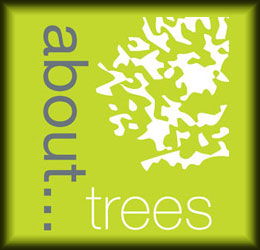A very traditional form of tree care often seen in large cities where the street trees are well maintained on a regular basis. It involves the removal of the majority of the crown of the tree to form a good structure for new growth. Pollarding is only suitable for certain species of trees.
Pollarding has evolved from the ancient practice of Coppicing where by trees were routinely cut down to ground level so that they would re-shoot, this was and still is a form of farming trees and is still widely practiced in Kent and all over the U.K.
The difference between a Pollard and a Coppice is that Coppice’s are cut to ground level whilst Pollards are cut to a height over 2metres tall, this became so because the woodland animals were eating the young fresh growth from the coppice’s and so the woodcutters decided to put the fresh growth out of their reach…………and so the Pollard was invented.
British Standards BS3998 (2010) Tree work recommendations states:
“Once initiated, a pollard should be maintained by cutting the new branches on a cyclical basis. The frequency of the cycle should be decided according to site management objectives, species, age, condition and/or any product that might be required. Selective cutting, whereby some of the pollard branches are retained within each cycle, should be chosen if this would help to prevent dieback and decay in the stem.”
Pollarding a large Lime tree
01
Book a consultation
We provide no obligation quotations after assessing site access, work required and complexity.
02
Quotation
We can’t give an accurate price until we know all the facts, your quoation will break everything down.
03
Works carried out
We’re proud of our reputation with both clients and regulatory bodies. Any questions please ask.


